7 Common Houseplant Mistakes to Avoid
When it comes to caring for houseplants there are so many factors to look at, that it can sometimes become overwhelming, so when one or two of our precious plants is not looking perfect, we start to panic and blame ourselves. However, this doesn’t necessarily mean you are a bad plant parent, it is often a couple of overlooked habits or misconceptions that has lead to a not so stellar looking houseplant. So, we’ve put together a simple list of 7 Common Houseplant Mistakes to avoid in the future...

1. BUYING A PLANT JUST BECAUSE IT LOOKS PRETTY
You have a space in mind that you want to put a plant in because it'll just fill that dead corner. So, you pop off to the plant store and have a look around, and there it is the perfect plant, it's the right colour or height and it'll just look perfect. You take it home and in a couple of months, it is either looking peaked or just hasn’t survived.The best way to avoid this is by taking these simple steps before going off to the plant store.
- Check your lighting: It is important to check if any natural light reaches the spot you’d like to put a plant, and how much. As direct sunlight down to no natural light can affect the plant choices available to you. As different plants prefer different lighting conditions.
- Check your environment: This means knowing if there is a slight breeze that hits the spot, or if it gets hot or cold. All these factors can affect your plant choices, as some plants adore high humidity and cannot tolerate a cool breeze, whereas others are not so affected by changes in the environment.
- Know your care appetite: This will benefit you, in the long run, knowing your aptitude and time limitations when it comes to caring for houseplants. Some houseplants need a little more regular maintenance and care, whilst others are happy to thrive on a low maintenance approach.
- Do a little research: If you are going to a local nursery in your area, check if they have a website. This will assist you in seeing what plant availability they have, and often they will stipulate the care and lighting environments, allowing you to arrive with a few choices and pre-thought out questions for the assistant who can then set you on the right path. Shop Plants.
2. PLACING YOUR PLANT IN DIRECT SUNLIGHT
All-day direct sunlight is most often the thing you want to avoid with indoor tropical plants except for the more arid loving cacti & succulents. Many houseplants are tropical and are found growing under the jungle canopy where they receive dappled sunlight, however, some soft sun can be beneficial to most houseplants and is usually best in the mornings or late afternoons, direct midday sunlight can be an instant death ray to many indoor plants as it will burn the foliage an ultimately lead to your houseplants demise
3. WATERING EVERY DAY
There seems to be a misconception that plants need water every day, however, in the houseplant world, this is the fastest way to kill your plants, with what we like to call over loving.
When plants are potted their environment changes dramatically from those that would be popped straight into the garden. Due to this, the care needs to be different. Firstly, a pot restricts the amount of potting soil available to the plant, and potting soil is there to retain moisture, however, too much water can lead to over-saturation and ultimately overwatering, which is the leading cause of death in houseplants.
It is best to ask the plant store assistant what the watering requirements are for the houseplants you have. However, there are no set rules for watering schedules as every houseplant variety, pot size, season and environment will determine your plant's watering needs. Thus watering guides are there to act as a basic benchmark and should serve as guidance.
It is also of utmost importance to not just add water when your plant is looking a little lacklustre and consistently drooping. It is better to check the soil and if it feels dry to at least 5cm down into the nursery pot, to then apply water. This is purely for the fact that overwatered plants have similar symptoms to underwatered plants.
Check out our Blog on identifying : Underwatering Vs Overwatering.

4. REPOTTING YOUR PLANT BECAUSE IT LOOKS SAD.
Re-potting is a traumatic experience for plants as they are not used to having their roots exposed to the outside world, and can lead to transplant stress. If your plant is already extremely stressed, adding an extra stressor such as transplant shock can lead to uncertain death for your precious houseplant.
Rather than just re-potting, determine the cause of your plant’s unhappiness. If over or underwatering, pest infestations and lighting issues have all been ruled out, then it is only then likely that your plant may be rootbound, and re-potting can be considered.
For more on repotting, read our Guide on When and How to re-pot.
5. POTTING YOUR PLANT INTO A POT WITH NO DRAINAGE
Is it really that bad to plant a plant into a pot without drainage? And the simple answer is YES.There are 3 very important tasks that the drainage hole performs for keeping your houseplants happy and healthy.
- It helps with draining excess water away from the roots: Many houseplants are happiest when their soil is allowed to dry slightly, and when there is no drainage, water builds up in the planter eventually allowing the roots to stay consistently wet, as well as leaching the soil of oxygen, which then creates the perfect breeding environment for bacteria that will kill off your precious plant babies root system.
- Assists with airflow: Drainage holes assist with air circulation within your potting medium. This is done during watering when water drains out pulling fresh air into the medium and allowing the air pockets within the soil to fill up, this, in turn, prevents unnecessary bacterial growth and provides your plant with a well-balanced ecosystem to thrive.
- Helps leach excess salt build-up in the potting mix: When you fertilize your plants, excess salt build-up happens in the soil, and when you have no drainage you are unable to flush the soil with pure water to prevent this build-up, which will then lead to root burn and a not so pretty looking plant baby.
TOP TIP: When looking for a Cover pot, measure the diameter of your nursery pot, and find a planter 1 - 2cm larger, to help the nursery pot fit snuggly.
For a detailed Guide for choosing the right size Plant Pot or Plant Basket, click here.

6. NOT GIVING YOUR PLANT ENOUGH LIGHT
Often houseplants are said to tolerate a certain type of lighting situation; however, tolerate is very different to thrive. Very often when a plant receives incorrect lighting it will find ways to adapt and just survive.
TOP TIP: Make sure to get the name of your houseplant, and do a little research on where they are found in their natural habitat, this will give you a good idea of their lighting needs to thrive.
This often shows up in different ways, such as weak leggy stems and small leaves or a very sparse growth habit. The majority of houseplants prefer bright filtered light with some direct soft morning sun, which will help them grow lush and strong. So, if you start noticing your plants are looking a little less full since you brought them home, it may be possible that they are not receiving enough light and should be relocated to a brighter position.
For more on specific Plant light requirements, have a look at our Plant Care Library.
7. MISTING INSTEAD OF WATERING
We often get asked about plants with crisp edges or perpetual droopiness, and 9 times out of 10 the answer comes in the form of a misconception: that daily misting of your plants is the same as watering.
As much as spritzing your houseplants is beneficial, more to you than your plants as it is a nice relaxing task to do, it doesn’t provide your plant with good hydration and will lead to crisp foliage, drooping leaves and eventual death from lack of water.
When it comes to watering your houseplants it is best to saturate the potting medium regularly according to your houseplant’s needs, check out our other blog: Watering Plants 101
Bonus Common Mistake
8. BUYING THE WRONG SOIL
In regard to indoor plant care, soil is extremely important, and using the wrong soil, especially indoors, can lead to some issues, such as root rot.
Research the specific plant you plan to repot in order to determine what soil conditions it prefers. Avoid common repotting mistakes like potting your plant in outdoor soil or not adding extra drainage, such as Perlite, in the potting soil.
When shopping for Potting soil, look for the following things:
- Is the Potting soil formulated for containers or tubs?
If you shop at an indoor plant store, the soil they sell is likely specially formulated for general container planting, where extra drainage and a lightweight soil are beneficial. You should also make sure that the soil you are buying will benefit the plant you are repotting.
Outdoor soil, is what it says on the label. It is perfect for filling up borders and adding to garden borders where natural drainage and the elements keep the soil from compacting.
If you use this soil in planters, it is more likely to compact, causing air pockets to disappear and oxygen to be lost. This creates an ideal environment for bacteria to breed and roots to rot.
- Does the potting soil form a muddy ball when compressed in your hand?
In addition to checking if the Potting soil was made for containers, it is also important to see what happens to the soil when it is compressed. The soil can often be checked in an open bag or spot at nurseries.
Grasp a handful and see if it stays a ball or crumbles apart when you open your hand. Compaction of the soil can be determined by this test.
NOTE: Compaction = less drainage and soil that stays wet too long.
- Does the potting soil have added items, such as Bark or Perlite?
Aeration and drainage are benefits of these items, which help improve potting soil, though they are not a necessity. Creating a healthier and more balanced environment for your houseplants.
To avoid overwatering, we always recommend adding these items to your potting soil. Although it won't cure overwatering, it will help prevent it.
The best soil to use for tropical plants such as Aroids is one that has a chunky bark content and offers plenty of air to reach their roots.
- Is the potting soil sandy?
For drainage, outdoor soils are usually amended with sand. However, potting soil with sand tends to weigh down, compact, and take longer to dry. Therefore, sand is not recommended for houseplants. The only exception is succulents, which prefer coarse sand.

Changing these few habits when it comes to your care routine can help keep your houseplants looking their best and prevent regular losses. Though the loss of a beloved houseplant should be looked at as a lesson learnt. We at Plantify are always ready and eager to assist with any queries you may have. Feel free to pop us an email to help make your plant parenthood as fruitful as possible.





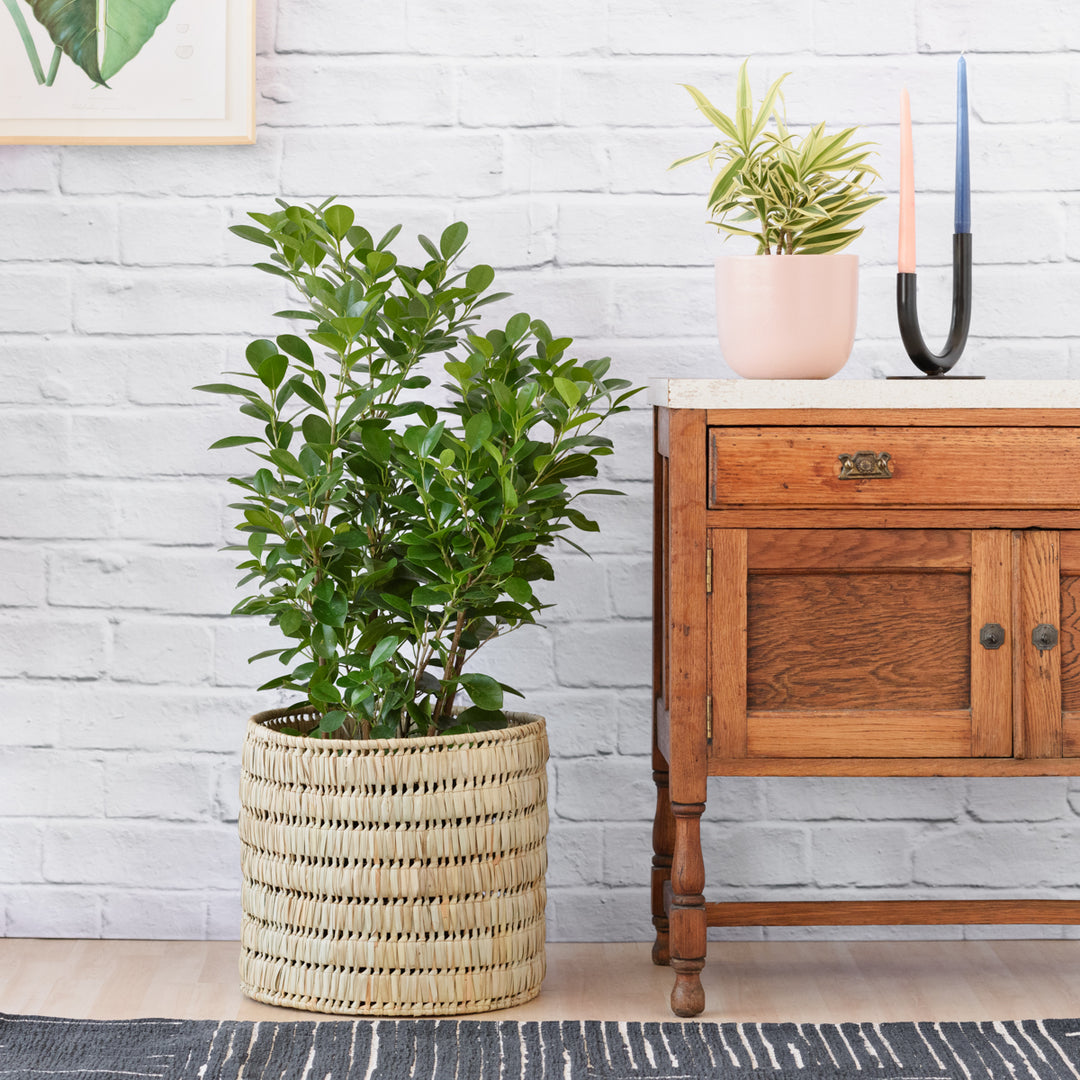
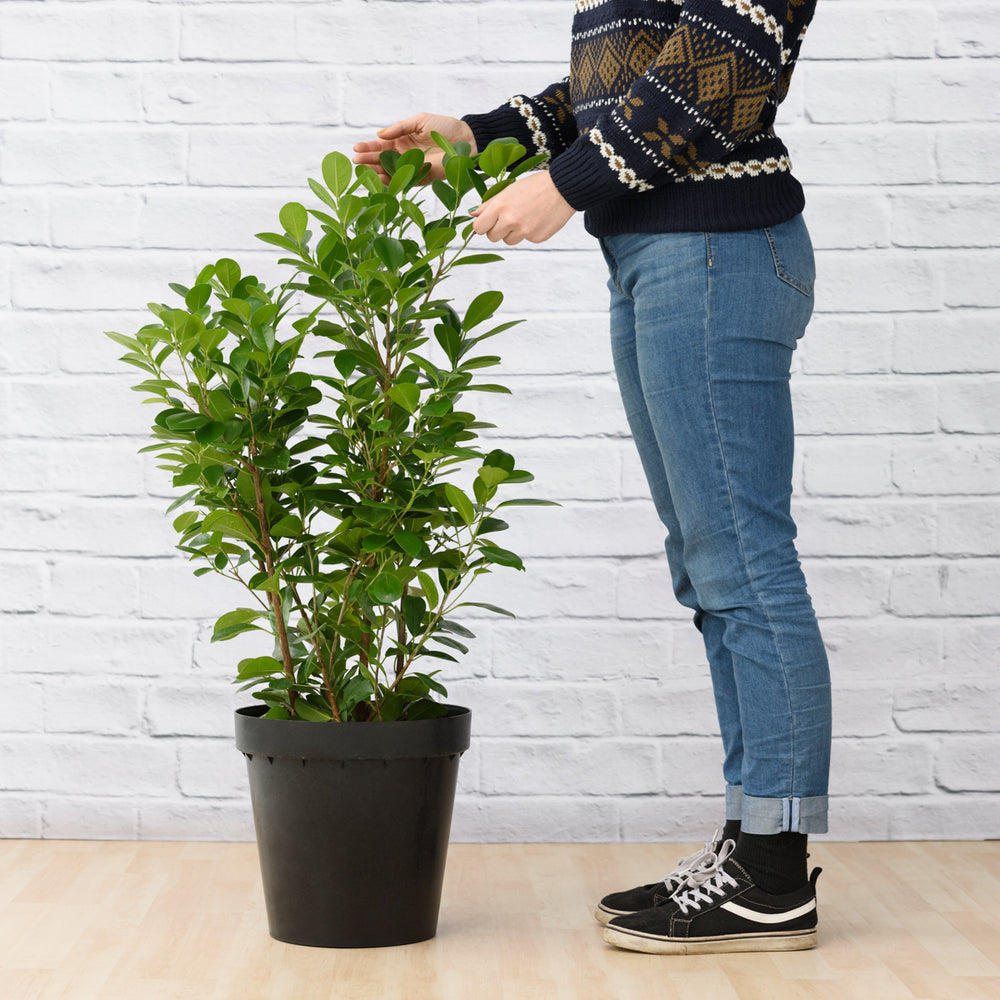
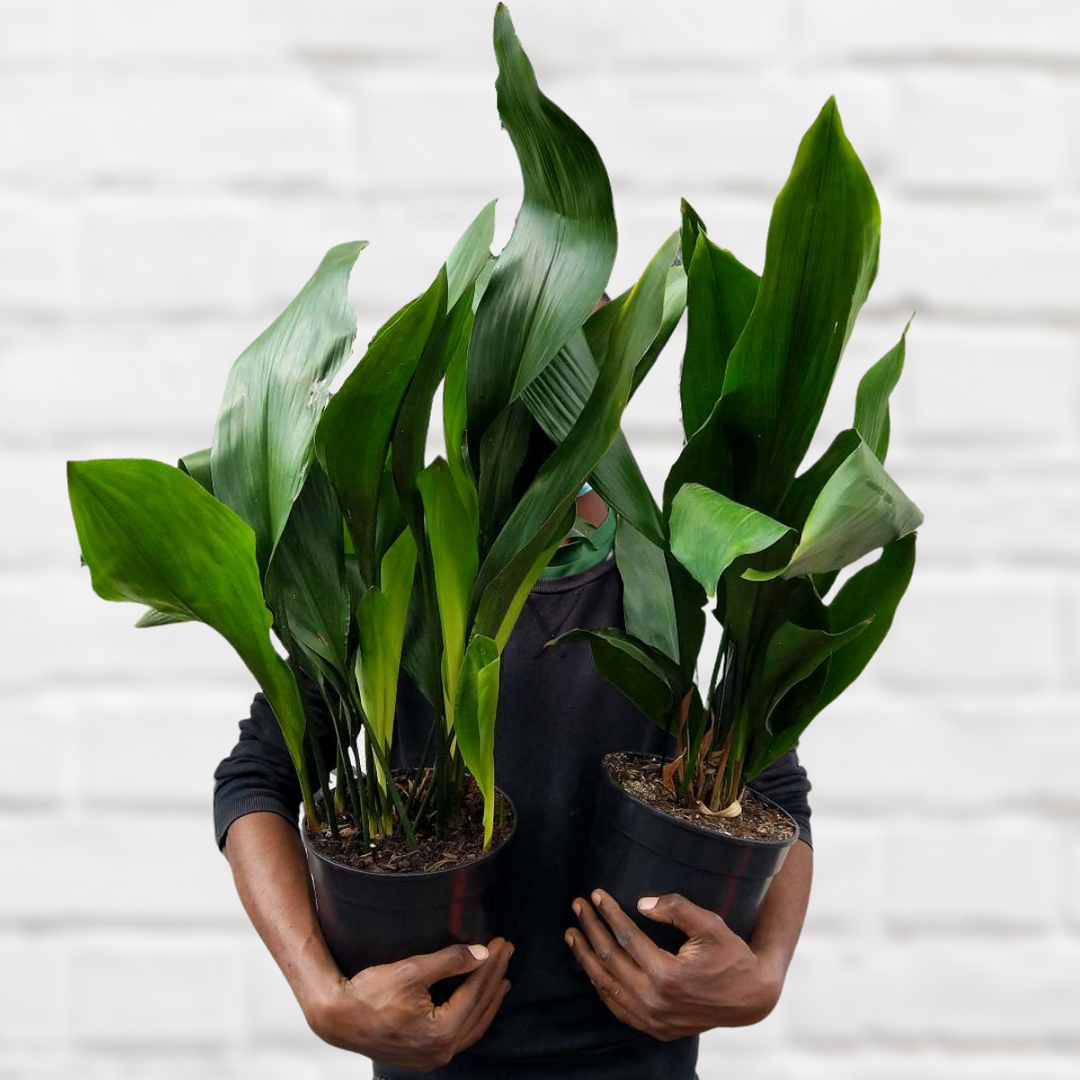
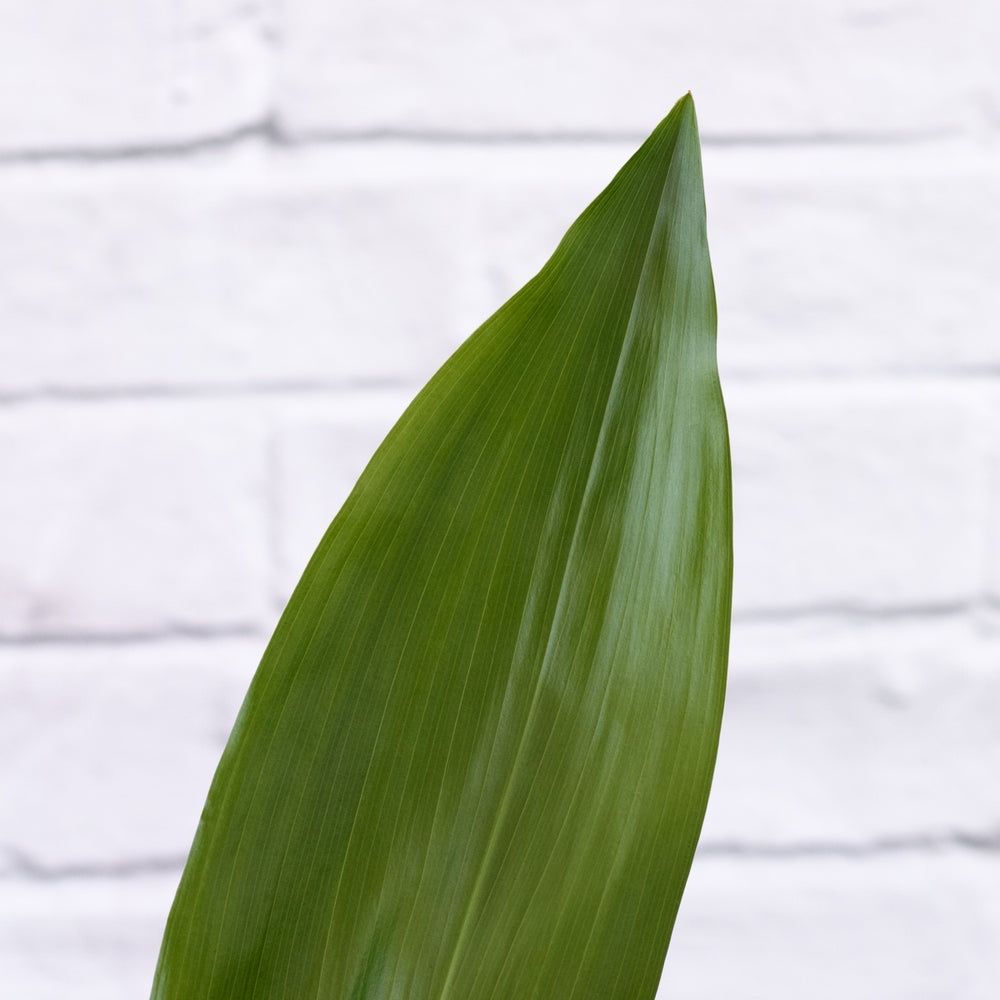
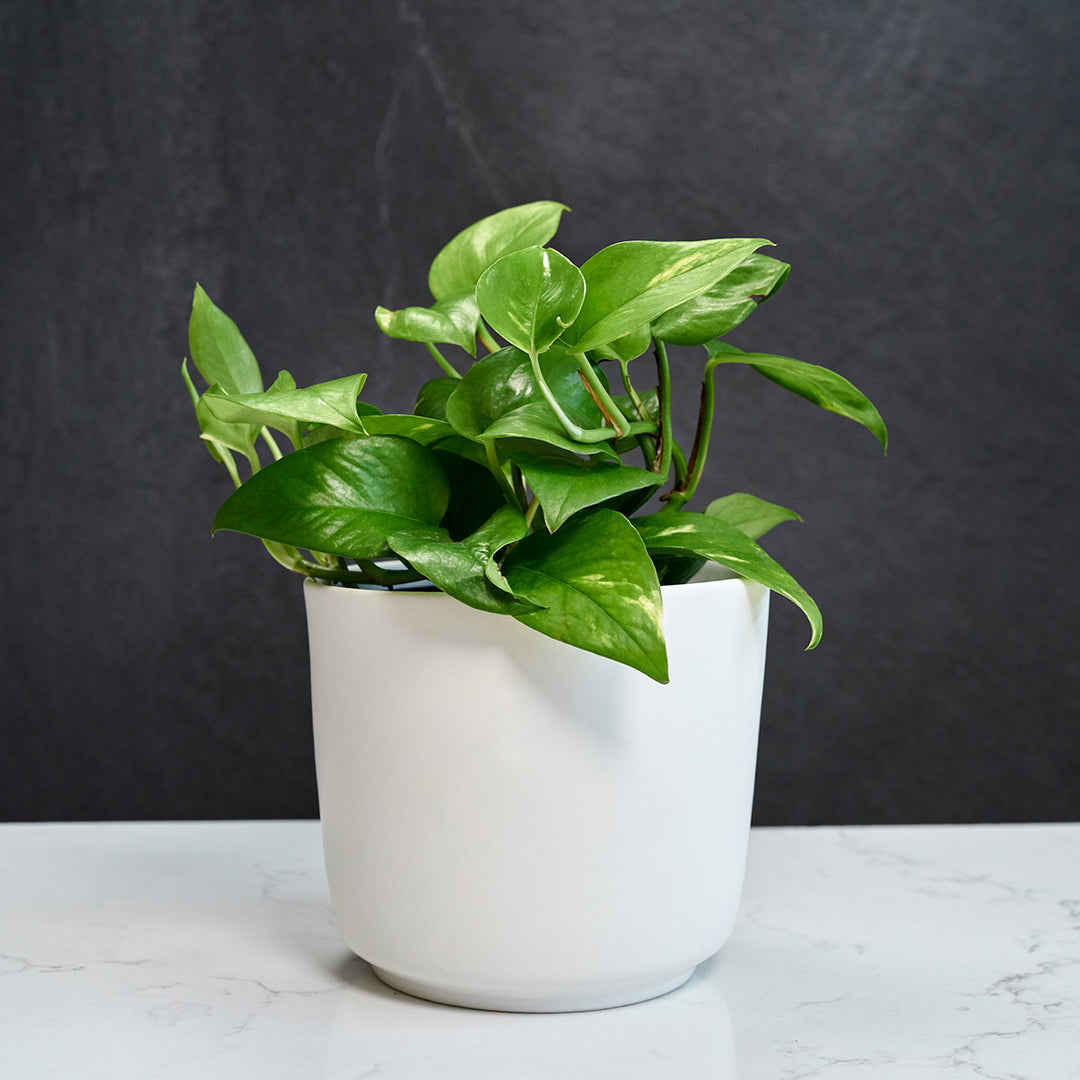
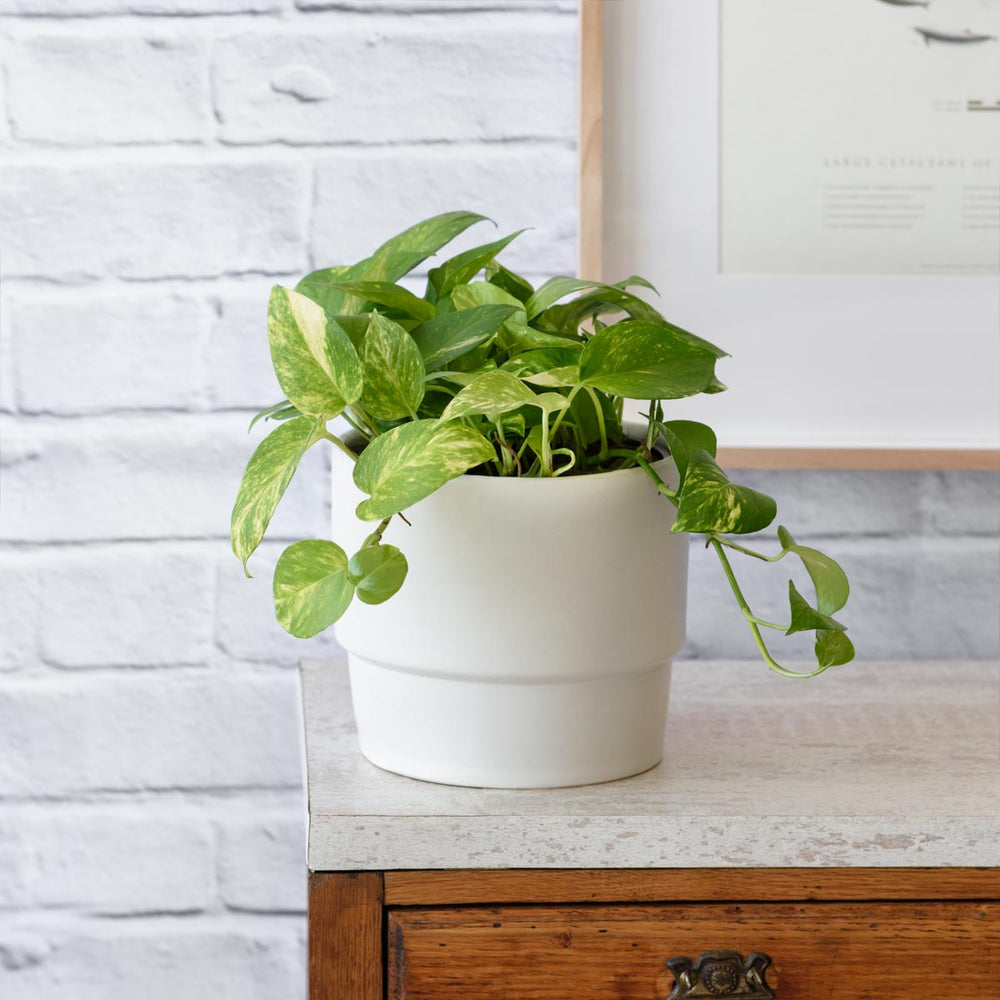
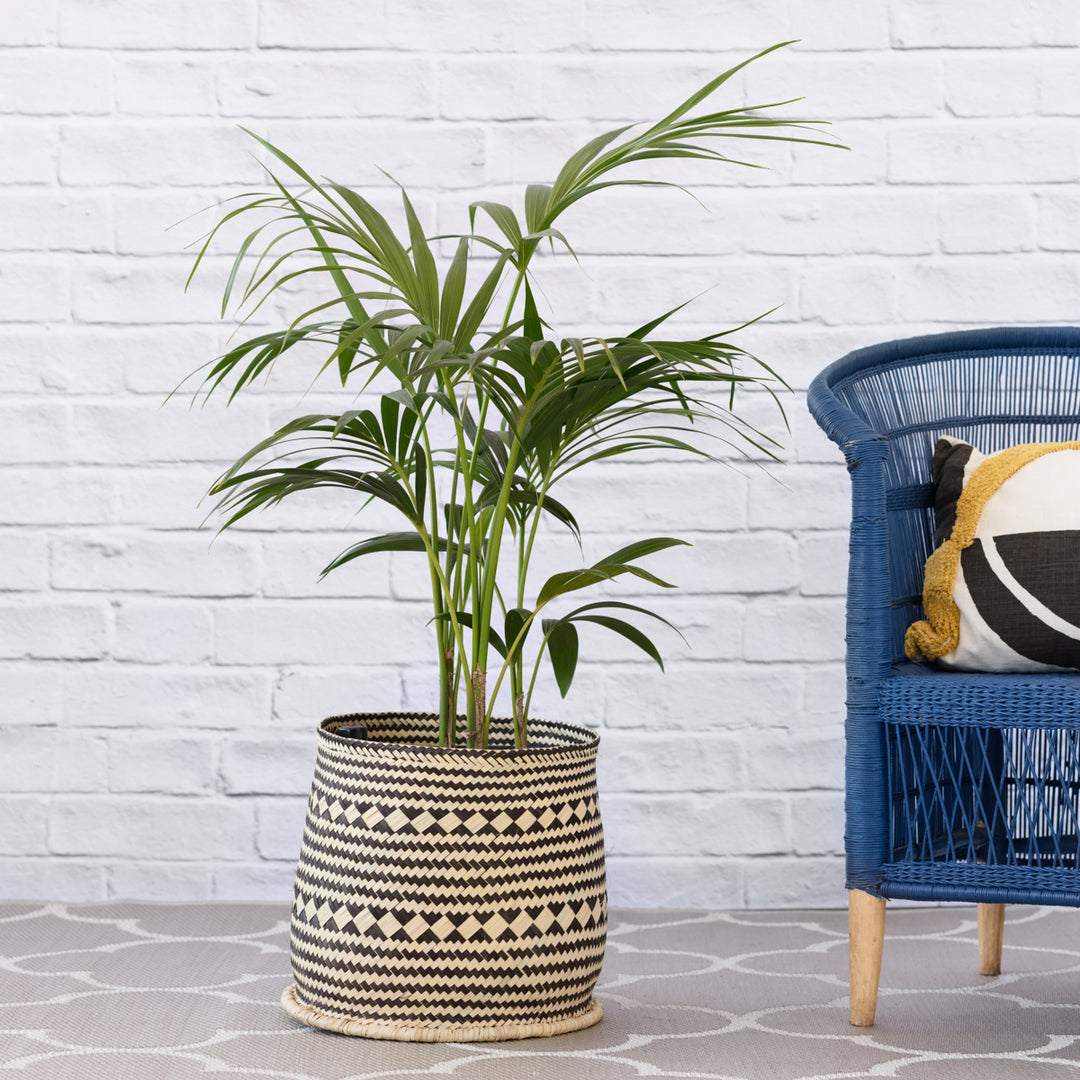
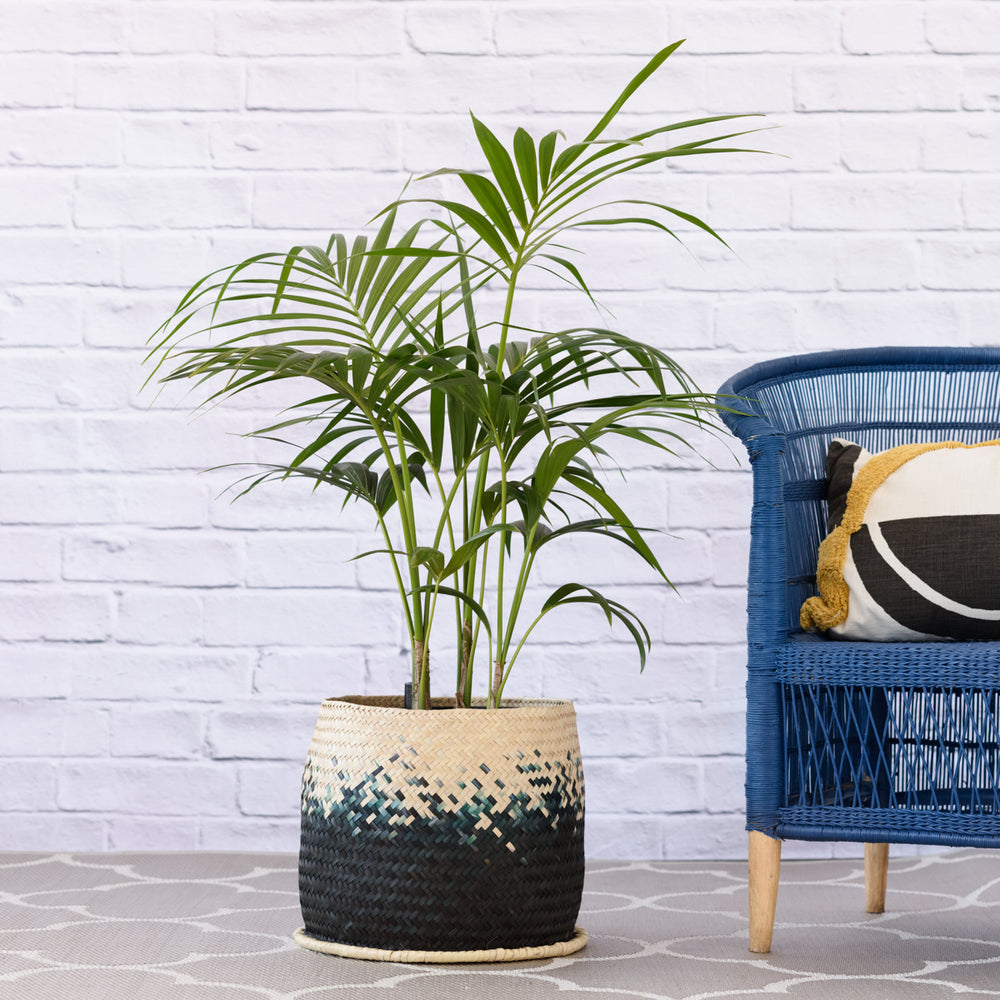


Most informative .. thank you especially overwatering !! Will wait until you have re-stocked various variétés of pothos
Most informative .. thank you especially overwatering !! Will wait until you have re-stocked various variétés of pothos
Leave a comment